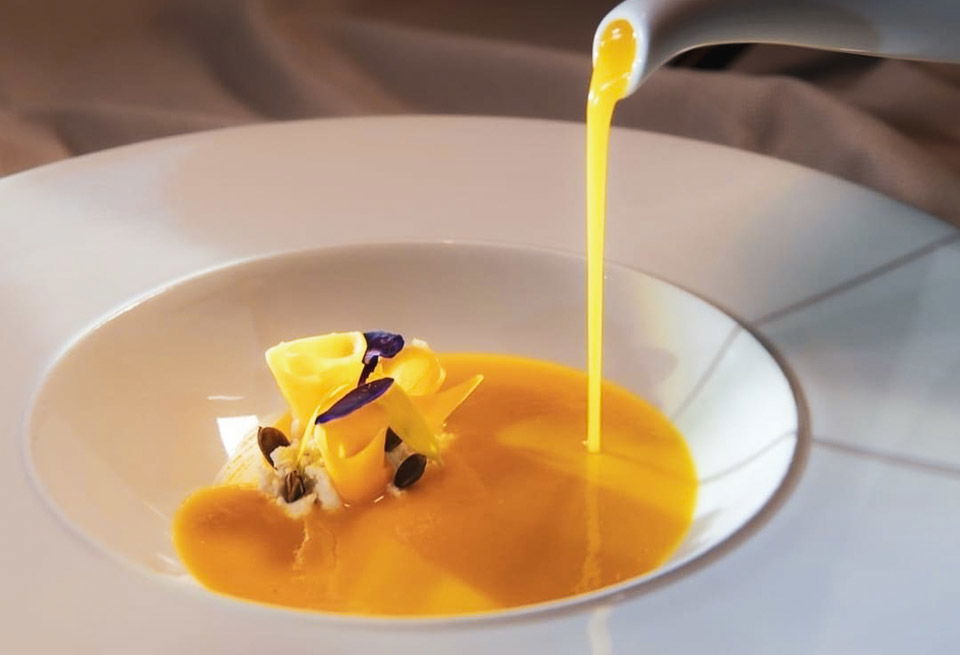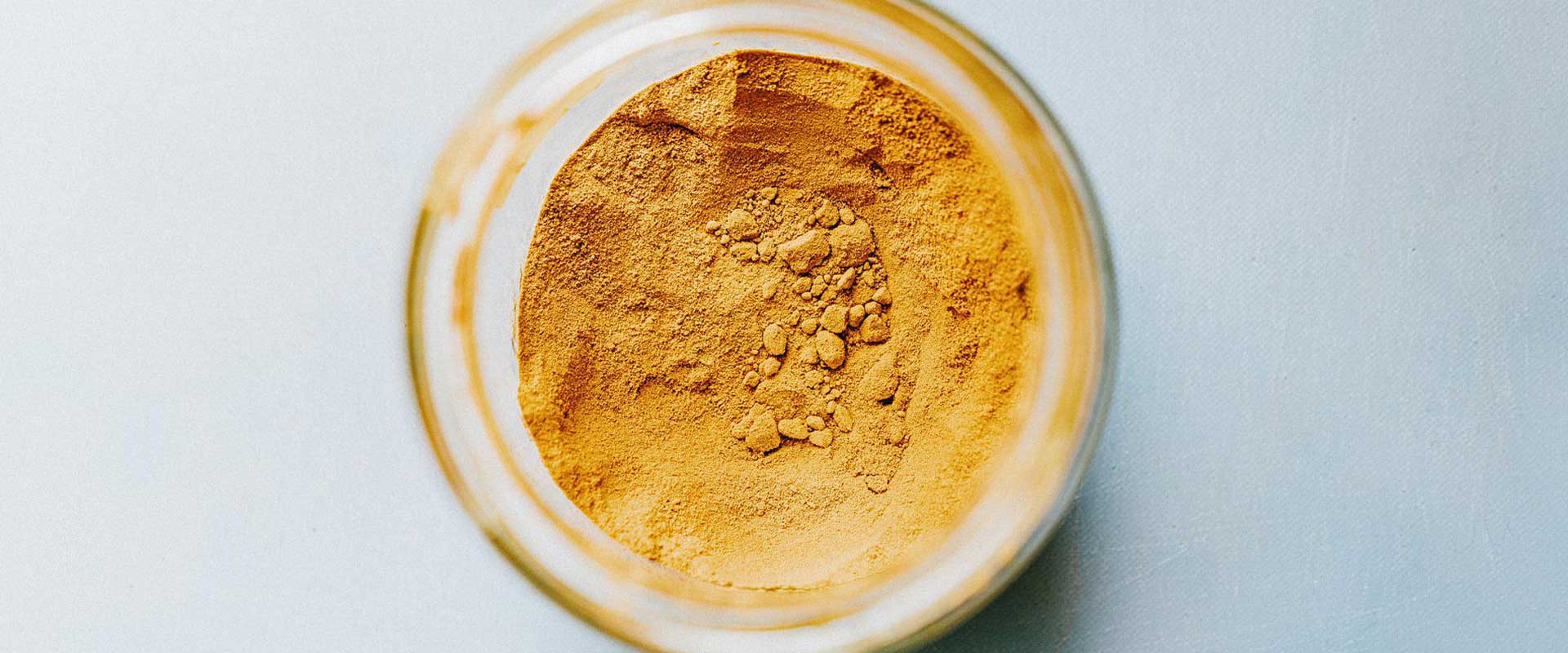
From curry powder to curry paste - unleash your creativity
What if we told you that curry is not a flavor, it simply means "sauce".
At the mention of the word 'curry', most people will usually think of a spice, or a mixture of Indian spices that is usually dull yellow to orange in color. Some will call to mind (but also to the nostrils and palate) the fragrant and delicious dish of the same name that arrived on our tables from India too, while, luckily, only a few will associate it with something spicy that can burn your mouth.
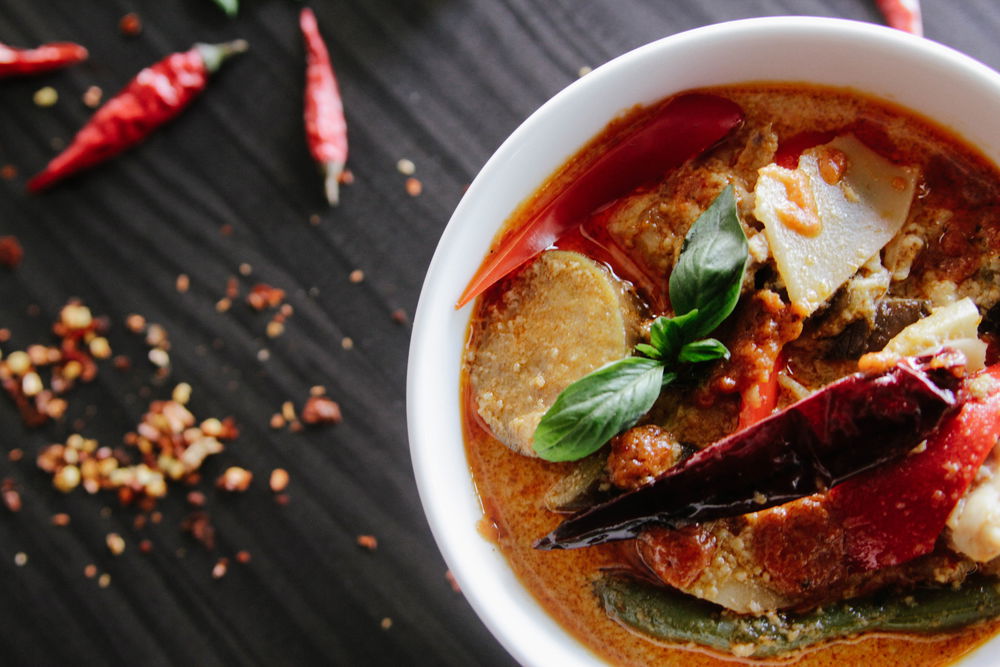
In the version of a dish, curry is an ideal meal for colder days, when we long for warmth - both outside and inside. The variations are literally countless - it can be with meat, fish, vegetarian and even vegan, and if you adjust the amount of spices - especially spiciness, it will be a great, complete meal for children. It's also fantastic for emptying the fridge - literally any vegetable goes well with curry, and you can add chicken, beef, pork, chunks of firm white fish, prawns, tofu, mushrooms and chickpeas to it.
The long and tumultuous history of aromatic curry
Interestingly, although curry as we know and love it today, arrived from India, people there rarely use that name. According to the book The Philosophy of Curry, authored by Sejal Sukhadwala, the word 'curry' comes from the Portuguese language, which already had the word 'caril' in the 16th century. It is believed to have been a Portuguese adaptation of the Malayalam word 'kari' meaning 'spicy sauce'. And since in Portuguese the plural of the word 'caril' is 'curee', the British turned it into 'curry'. Legend has it that the British did not understand spices and their properties too much, so instead of making their own curry mix from the wealth of Indian spices, they preferred to buy ready-made blends.
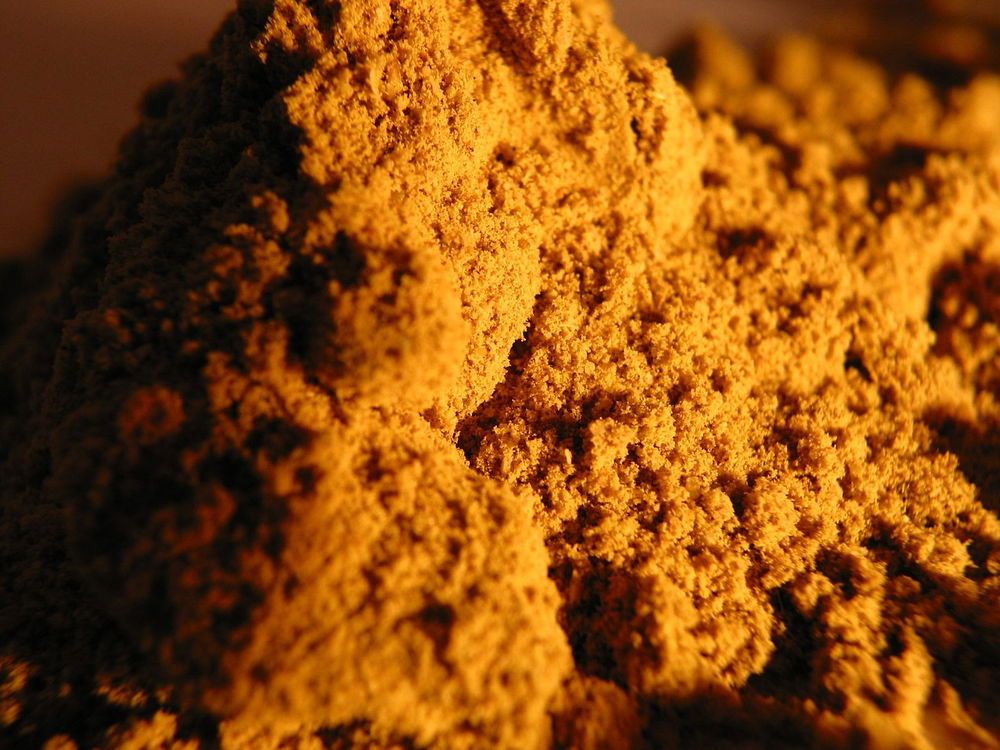
From curry powder to curry paste – unleash your creativity
Today, commercial curry blends most often include coriander, turmeric, fenugreek, black pepper, cumin and ginger. If you are more inclined to experiment in the kitchen, you can also prepare a curry paste that will liven up your curry and give it that special kick. The recipe is simple, and the prepared paste can last several weeks in the fridge. For the basic recipe, you will need coriander seeds, cumin, mustard, fennel, black pepper, turmeric, ground cinnamon, paprika powder, a piece of fresh ginger and a few dried chilies. Put everything in a mortar (or chopper), add some pureed tomatoes, a few spoons of white vinegar and enough vegetable oil to cover the paste.
Less time, more taste
However, if you don't have time, and you don't want to give up the particularly delicious, lively, spicy and warm flavors of curry paste, there are fantastic ready-made pastes available on the market today, with which preparing curry at home will literally be an hour's work. From green and red curry paste to the more elaborate ones such as Murgh Mukhani, Madras, Tandoori or Mussaman - the choice is really big.
Therefore, chop the vegetables you have, add the protein you like, your favorite combination of spices and finally thicken with a little coconut milk and you will have a perfect autumn lunch in less than half an hour! Enjoy!
Latest Recipes
We bring you tried and tested recipes of our favorite dishes, culinary tips, and suggestions on how to best combine spices and ingredients for a complete sensory experience.
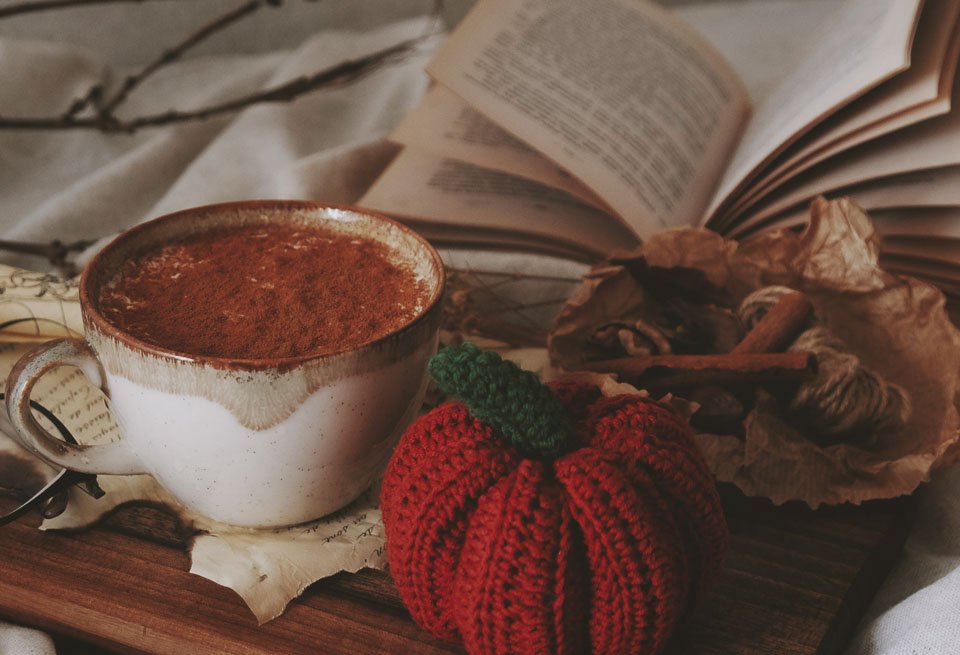
Pumpkin spice latte - The finest coffee with pumpkin flavor
Welcome the first days of autumn with the finest homemade pumpkin spice latte drink bursting with the scents and aromas of autumn.

